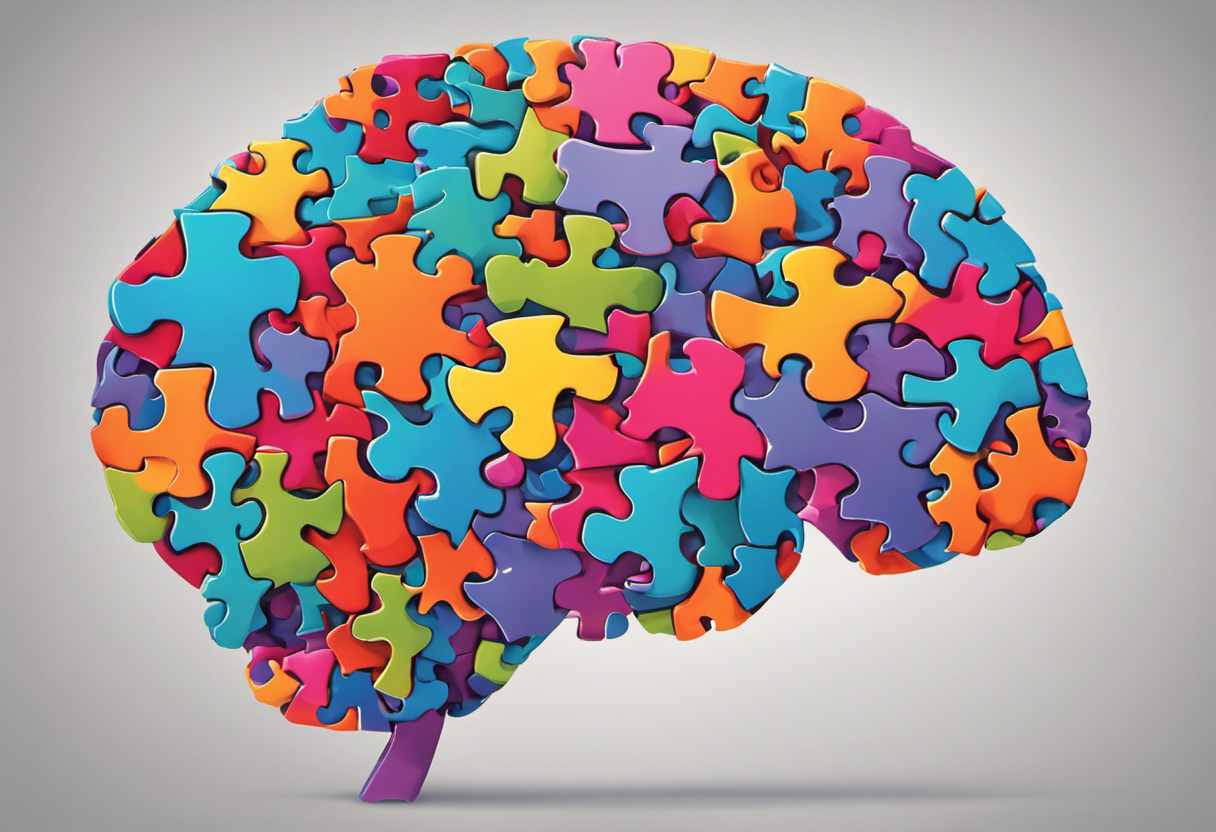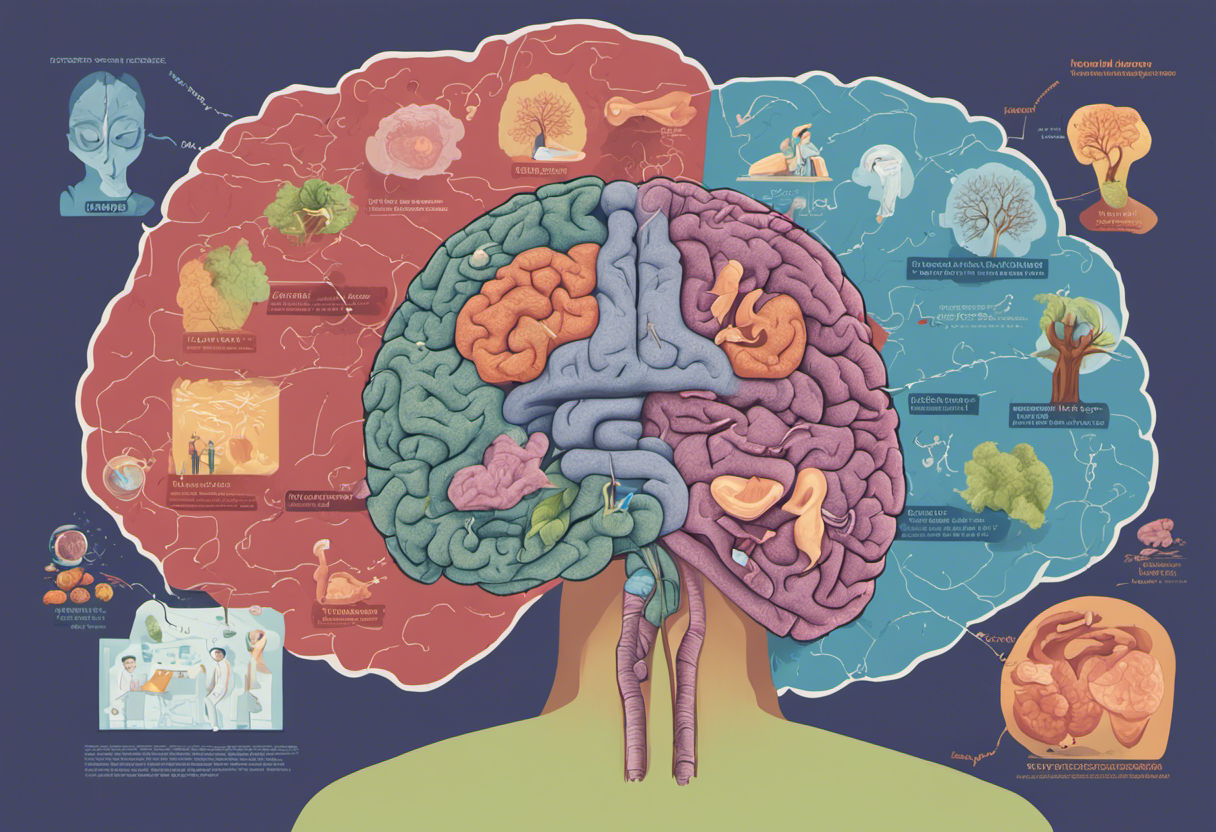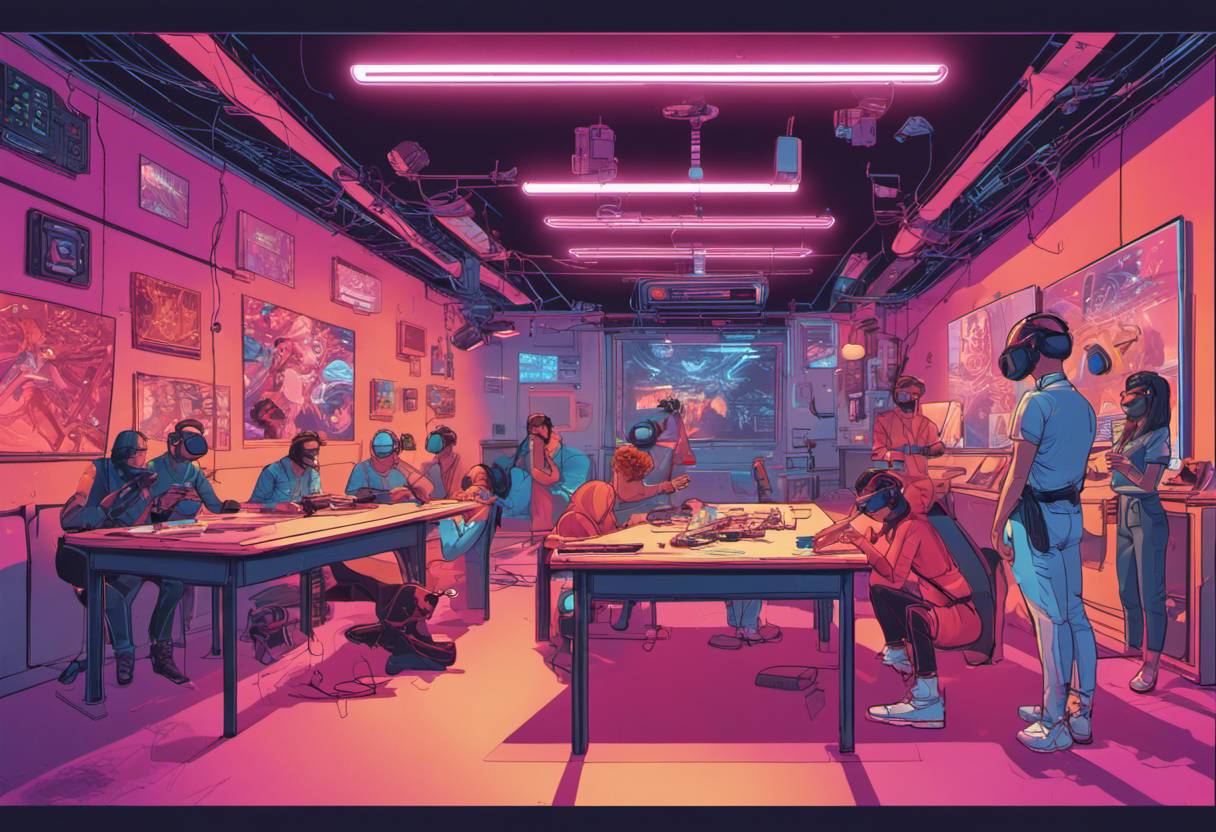Mastering Memory Game Design: Tips, Principles, and Common Mistakes

Have you ever wondered how games can effortlessly bolster your memory skills? An engrossing round of matching pairs or a challenging sequence puzzle can provide solid entertainment and stimulate your cognitive abilities. Welcome to the captivating realm of memory game designs, where simplicity meets complexity, visual and audio elements merge, and the journey from start to finish is an increasing warp-up of challenges.
This article, “Mastering Memory Game Design: Tips, Principles, and Common Mistakes,” will delve deep into the vital principles for designing memory games and offer useful tips for creating engaging experiences. Furthermore, we’ll discuss common pitfalls to avoid in the design process. By understanding these core concepts, game designers can craft experiences that entertain and nurture our brains and cognitive skills more effectively.
So, are you ready to embark on this fascinating exploration of memory game design principles that beautifully bridge the gap between gaming and cognitive development?
Understanding Memory Game Design
Memory game design is an intricate craft that requires an adept understanding of core principles and strategies. This domain intersects psychology, neuroscience, education, and entertainment to fashion games that are not only enjoyable but also foster cognitive development.
Basics of Memory Game Design
The crux of designing a memory game revolves around creating an engaging and challenging user experience. A well-crafted memory game outlines its rules clearly, maintains a gradual learning curve, and features rewarding gameplay.
Core Concepts of Memory Games
The bedrock of any memory game hinges on the interaction and testing of the player’s working memory and long-term memory. Some prevalent techniques used in such games include pattern recognition, association, recall, sequencing, and visual or auditory stimuli.
A salient aspect of this design process is ensuring an optimal difficulty level. The key lies in crafting stages or levels that are challenging enough to stoke player interest but not so difficult as to frustrate them.
Importance of Memory in Game Design
Memory plays an integral role in the fabric of effective game design. Balancing the cognitive load demanded by gameplay with its benefits on mental faculties can lead to a wholly immersive gaming experience. Games that stimulate memory functionality pave the path for increased focus, improved information retention, and enhanced decision-making skills.
Role of Memory in Gaming Experience
In gaming dynamics, the role of memory extends beyond mere cognition. It permeates game progression, skill acquisition, strategy formulation, character development, and storyline retention.
Games that successfully engage the players’ memory often render a deep sense of accomplishment and skill mastery. Therefore, designing games that tailor this sense of victory can capture players’ attention for extended periods.
Navigating through levels or quests by recalling previously learned strategies builds on the aspect of experiential learning incorporated into memory game design. This element also encourages repeated gameplay or fosters long-term player loyalty.
Memory game design, therefore, presents a unique opportunity. It marries the challenge of gaming complexity with the potential for cognitive development – crafting an ideal platform conducive to entertainment and education.
Principles for Designing a Memory Game
Designing a memory game can be both an art and a science, with a need to understand game mechanics and the human mind. The two key components to focus on include striking the right balance between simplicity and complexity and the intelligently crafted visual and audio elements integration in the game.
Simplicity vs. Complexity
Creating a captivating memory game lies in maintaining a careful equilibrium between straightforwardness and intricacy. On one hand, the game design should be simple enough for novice players to grasp in hand, easing them into an enjoyable playing experience. On the other hand, providing layers of complexity stimulates the more seasoned players, ensuring they are consistently challenged, thus enhancing their cognitive abilities.
Incorporation of Visual and Audio Elements
Visual graphics and audio cues can significantly enhance memory games, stimulating multiple senses. Innovative use of colors, shapes, and contrasting elements can aid in memory retention and recall. Sound, background music, or even specific audio cues can support memory by setting up an immersive environment that allows the player to elaborate cognitive stimuli.
Level Progression and Difficulty
The progression of level difficulty is another critical factor in memory game design. Each stage should gradually increase in difficulty to stimulate cognitive growth. Incremental elevation in challenge forces memory development and problem-solving skills. Balancing every player’s unique learning pace with an engaging sense of achievement marks an effective level progression strategy.
Real Examples of Memory Game Designs
An exploration of different styles of memory games provides insights into what offers engaging gameplay whilst improving recall capabilities and intellectual functions.
Traditional Matching Games
Traditional matching games require players to pair similar items amongst a set group, reinforcing pattern recognition and sharpening cognitive proficiency. Games like ‘Concentration’ or ‘Pairs’, where players turn over cards to find matching pairs, exemplify this category’s challenges.
Sequencing Games
Sequencing games challenge the ability to remember and recreate a series of actions in a specific order. Games like ‘Simon Says’ or the electronic game ‘Simon’, with its color-coded sequence recall, are perfect examples that can test and stretch player memory capabilities.
Location-Based Memory Games
Location-based memory games aim at recalling the positioning of items or characters in a spatial environment. A successful example is the classic game ‘Battleship’, where players need to remember the location of their opponent’s ships on a grid.
Tips on Creating Engaging Memory Games
Creating engaging memory games should keep players attention and provide rewarding moments that fuel the desire to progress.
Reward System
An effective reward system is instrumental in keeping players motivated. Rewards affirm correct actions and celebrate achieved milestones, simultaneously encouraging further gameplay. These compensations can be in multiple forms: points, virtual goods, unlocking new levels, or simply positive feedback.
Interactive Design Features
Interactive elements enrich game dynamics and enhance player immersion. Real-time multiplayer modes, character customization options, and leaderboard features are a few examples that can substantially boost the player engagement quotient.
Balancing Challenge and Motivation
Crafting engaging games requires maintaining an equilibrium between providing challenging content and keeping players motivated to progress. Progressive difficulty, timely feedback, and ample reward systems aid in sustaining motivation, preventing frustration or overwhelm from excessive difficulty.
Common Mistakes in Memory Game Design
While designing memory games, it’s crucial to avoid common pitfalls that may obstruct the delivery of a smooth gaming experience.
Overcomplication
While complexity attracts seasoned gamers, overcomplicating game mechanics can dissuade beginners. A delicate balance must exist where the game is simple to understand initially but gradually introduces more complex features.
Neglecting User Experience
Understanding player demographics and expectations is paramount. Key User Experience (UX) elements like easy navigation and clear instructions can significantly impact gameplay satisfaction. Poorly designed controls, cluttered visuals, or vague objectives can discourage players from continuing the game.
Not Testing Enough
Extensive testing is a non-negotiable aspect of game development. Apart from identifying bugs or technical issues, testing also provides valuable insights into your game’s usability and difficulty aspects. It often reveals flaws or complexity barriers that might disrupt the player’s engagement with the game.
Conclusion
In conclusion, designing an engaging memory game is a delicate balance of factors that have impacts far beyond mere entertainment. The cognitive benefits of such games are undeniable; they can enhance focus, boost information retention, and refine decision-making skills. These games contribute to in-game character development and storyline retention and instill a sense of accomplishment in the players, leading to repeated gameplay and subsequent player loyalty.
We’ve journeyed through the crucial principles to consider in-memory game design – balancing simplicity with complexity, incorporating sensory elements, and careful level progression. We’ve painted a comprehensive picture of memory game design by examining real-world examples and highlighting common pitfalls.
As budding or experienced game designers, we’ve only scratched the surface of this fascinating field. We encourage you to delve further into this realm and experiment with these design principles. Remember, each game is an opportunity to challenge and enhance cognitive abilities while providing an enjoyable experience. Never stop learning and improving in your quest to master the art of memory game design.




Comments